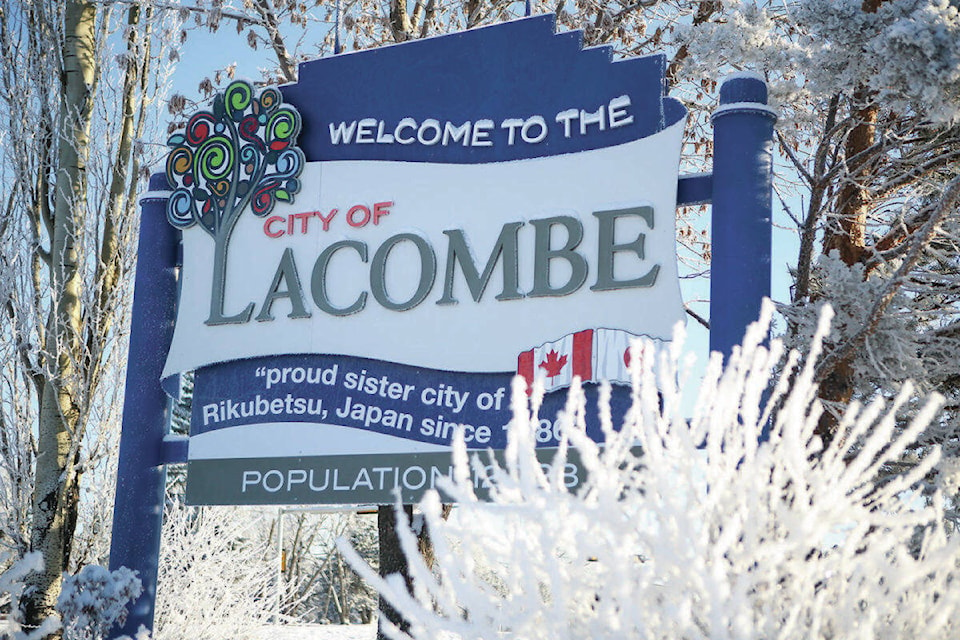Nearly as many new immigrants made Lacombe their new home from 2016-2021 as in the 15 years previous, says a city report.
Of the 13,070 responses to Statistics Canada’s 2021 census, 1,555 Lacombe residents identified themselves as immigrants. Of those, 460 arrived or gained citizenship status in the community in the five years ending in 2021. From 2001-2015, about 540 immigrants arrived or became citizens in the city.
“There was a significant increase in immigrants in the last five years,” Lacombe senior development officer Beth McLachlan told council earlier this week.
Of the immigrants who arrived in the last five years, six out of 10 are from the Philippines, 7.5 per cent from the U.S. and 3.2 per cent from Mexico.
That is a different composition than Canada as a whole, where immigrants from India comprised the biggest share of newcomers at 18.6 per cent, followed by Philippines at 11.4 per cent. China was third at 8.9 per cent, followed by Syria at 4.8 per cent, and Nigeria and the U.S. were tied at three per cent.
In 2021, 11.9 per cent of Lacombe residents were born in another country, up from 9.7 per cent in 2016 and 8.3 per cent in 2001.
According to StatsCan’s data, nearly one in three current residents was living elsewhere in 2016. The 3,620 residents in the “migrant population” mostly came from other places in Alberta.
There were 1,555 Lacombe residents who identified themselves as immigrants in the census. The Philippines was the most common former home with one in three (33 per cent) coming from there, followed by the U.S. at 10.6 per cent, the United Kingdom at 9.3 per cent and the Netherlands at seven per cent.
Six out of 10 immigrants were economic immigrants, selected for entry into Canada based on their ability to contribute to the economy by filling or providing needed jobs, their capacity to own or operate a business or make a substantial investment, or their ability to meet specific market needs in provinces or territories.
Three out of 10 immigrants were sponsored by other family members who are Canadian permanent residents or citizens.
Just under eight per cent are considered refugees, granted permanent resident status for a number of reasons, including fear of persecution on the grounds of race, religion or nationality in their home country. Those affected by civil war or armed conflict or have suffered from massive human rights violations are also included in this category.
McLachlan said Lacombe is clearly benefiting from the influx of immigrants. It may be useful to do more research to determine if there are gaps in service for newcomers or whether offering city information in different languages or incorporating different cultural traditions into community festivals.
Lacombe is only one of many communities benefiting from Canada’s surging immigration numbers.
More immigrants chose Red Deer as their home in 2022 than in the previous 20 years, according to StatsCan.
From July 1, 2021 to July 1, 2022, Red Deer welcomed 1,075 international immigrants and 73 per cent of the city’s population increase of 1,469 over the same period. International immigrants includes those returning to Red Deer from abroad and non-permanent residents.
That is in keeping with the nation’s population growth, 75 per cent of which comes from immigration, which accounts for almost all labour force growth.
